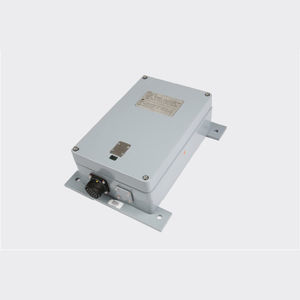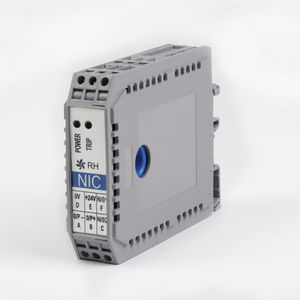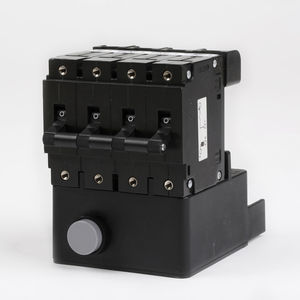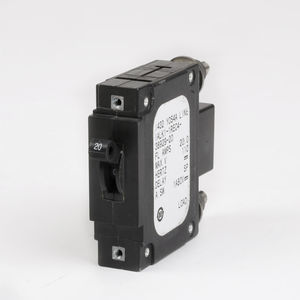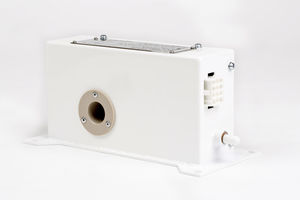
Rotational speed sensor Hall effectset
Add to favorites
Compare this product
Characteristics
- Type of movement
- rotational
- Technology
- Hall effect
- Other characteristics
- set
Description
For most applications, speed sensors are set up to work against a ferromagnetic steel target wheel by using Hall Effect technology.
You can also design speed sensors for magnetic target wheels with alternating North and South poles. The operating air gap can be up to 4mm, but we determine this by type of sensor and target wheel profile. For example, with ferromagnetic targets, such designs are typically a spur gear profile.
Speed Sensors can have single, dual or multiple output channels. In turn, we can isolate a specific channel or channels to receive power from a different power supply.
Our new innovative 4 Channel Speed Sensor can be used to replace existing single and dual channel Speed Sensors as the physical footprint is of the same form of sensors used in typical applications. Pushing the rail industry forward with the use of less Speed Sensors per train, having a novel design that improves the EMC immunity and improving product life expectancy and reliability.
This provides a backup and additional redundancy protection should the trainborne sensor detection system fail.
Moreover, we select connecting screened cable and connectors to meet your requirements, as well as relevant fire and smoke certification.
Output channel drive circuits are available as open collector, supply tracking, push-pull or 2-wire.
We design and manufacture them as bespoke products to meet customer requirements.
The end installation for Speed Sensors is normally onto train/tram axle box housing and so Rowe Hankins Ltd. also manufacture a complete Tacho Unit which comprises of: Hall Effect Speed Sensor/Axle end housing and a modular Gear or Target Wheel.
Catalogs
No catalogs are available for this product.
See all of Rowe Hankins Ltd.‘s catalogs*Prices are pre-tax. They exclude delivery charges and customs duties and do not include additional charges for installation or activation options. Prices are indicative only and may vary by country, with changes to the cost of raw materials and exchange rates.


